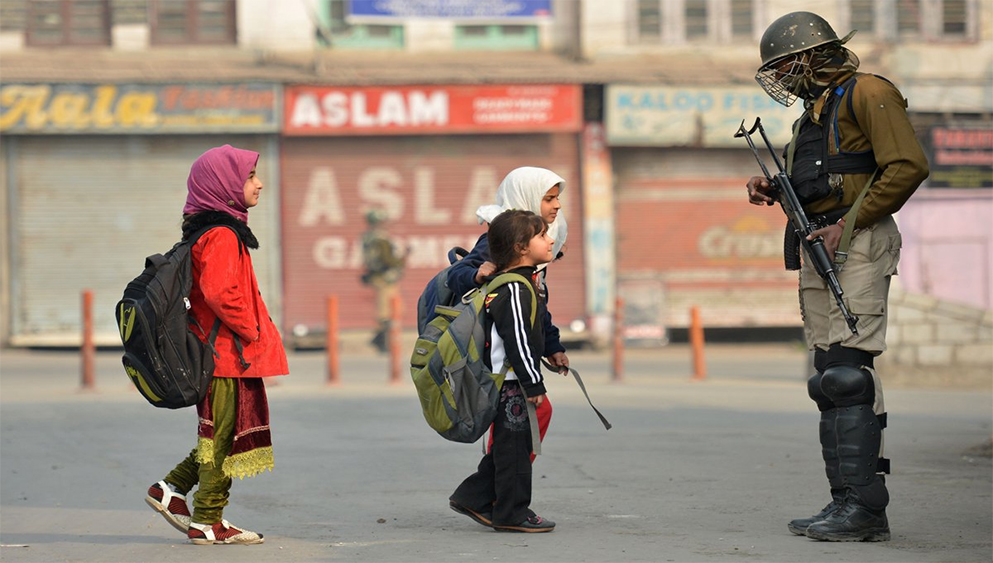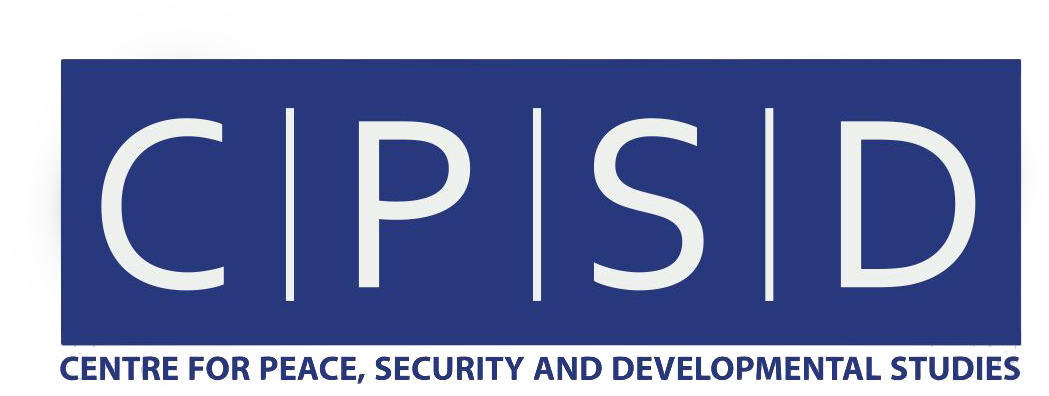What Caused The Pulwama Attack? – The Humanitarian Dimension

Kashmir: The Unresolved Conflict Threatening South Asian Security
An Incomplete Agenda of Partition
The unresolved issues between Pakistan and India have led to multiple security crises in South Asia, with the Kashmir dispute remaining the most critical. Despite three major wars and numerous skirmishes, the issue remains unsettled, continuing to strain bilateral relations and pose a threat to regional and global security.
The roots of the conflict trace back to the 1947 partition of British India — an event widely regarded as incomplete without a resolution on Kashmir. The state of Jammu and Kashmir, with a Muslim-majority population but ruled by a Hindu Maharaja, Hari Singh, acceded to India despite its geographic, demographic, and cultural proximity to Pakistan. This triggered widespread unrest in the valley and ultimately led to the First Indo-Pak War in 1948. Subsequent wars in 1965, 1971, and 1999, along with frequent border confrontations, reflect the deep-seated tension between the two nuclear-armed neighbors.
A Dual-Dimensional Conflict
The Kashmir conflict operates on two distinct but intertwined dimensions:
Regional Peace and Security: This concerns the geopolitical tensions between India and Pakistan.
Human Rights Violations: This involves the ongoing struggle between the Indian state and the Kashmiri people.
These two aspects are inseparable, as violations of human rights in the valley feed into broader regional instability, and vice versa.
The Historical Burden
According to the partition plan, princely states could choose to join India, Pakistan, or remain independent. Kashmir, despite its Muslim majority and cultural ties with Pakistan, was annexed to India, leading to a long-standing dispute. The series of wars and persistent border clashes since then have severely impacted peace in the region.
Internally, Kashmir has faced cycles of violence, exacerbated by systemic repression from Indian security forces. What were initially political grievances have, over time, morphed into a broader struggle for autonomy, dignity, and survival.
Fueling the Fire: Human Rights Violations
While Kashmir is a deeply sensitive issue for both India and Pakistan, the situation has been further inflamed by Indian state policies within the valley. Human rights abuses, including extrajudicial killings, torture, and the use of pellet guns, have turned Kashmir into a humanitarian crisis. Security forces, tasked with maintaining order, are increasingly seen by Kashmiris as a source of violence and oppression.
International human rights organizations — including Amnesty International and Human Rights Watch — have repeatedly condemned the Indian government’s heavy-handed tactics. These actions have fueled resentment and driven radicalization among Kashmiri youth.
The 2010 and 2016 Uprisings
Two major waves of unrest in the recent past stand out:
2010 Protests: Sparked by the cold-blooded killing of three innocent villagers falsely branded as militants, these protests turned violent and claimed the lives of over 100 civilians, most of them youth.
2016 Uprising: The killing of a popular separatist leader in July 2016 led to a more widespread and intense uprising, especially in rural South Kashmir. The use of pellet guns during the crackdown blinded scores of young protesters, including girls. Around 120 civilians lost their lives, and thousands were injured.
These incidents have significantly contributed to the radicalization of youth in the valley and underscored the failure of the Indian state to win hearts and minds through coercion.
The Pulwama Attack: A Symptom, Not the Cause
The suicide bombing in Pulwama in February 2019, which killed more than 40 Indian soldiers, was the deadliest attack in Kashmir in decades. While the Indian government immediately blamed Pakistan, this reaction sidestepped the underlying causes of radicalization in Kashmir.
Pakistan condemned the attack and reiterated its desire to resolve the conflict through dialogue. However, the Modi-led government’s unwillingness to engage and its persistent blame game have stalled any meaningful progress toward peace.
The Way Forward: Dialogue, Not Denial
Given the alarming rise in militancy and public antagonism in the valley, the resolution of the Kashmir conflict has become a priority for South Asian stability. The Indian government must:
Cease its policy of suppression in Kashmir.
Engage Pakistan in constructive dialogue.
Address human rights violations and recognize the legitimate grievances of the Kashmiri people.
The international community, too, must take a proactive role in urging India to shift from repression to reconciliation. Peace in South Asia depends not just on ending hostilities between states but also on addressing the lived realities of those caught in the crossfire — the people of Kashmir.
Conclusion
The Kashmir conflict is not merely a territorial dispute; it is a crisis of justice, identity, and human dignity. A peaceful resolution demands empathy, accountability, and a willingness to confront uncomfortable truths. Only then can the people of Kashmir — and the region at large — hope for a future free of violence and fear.
